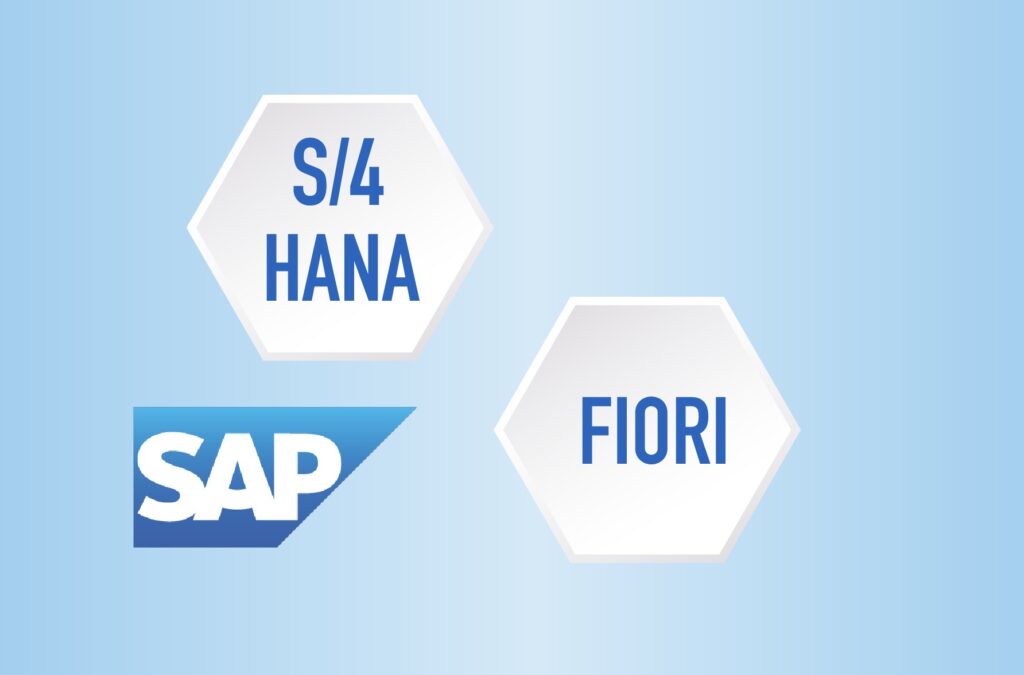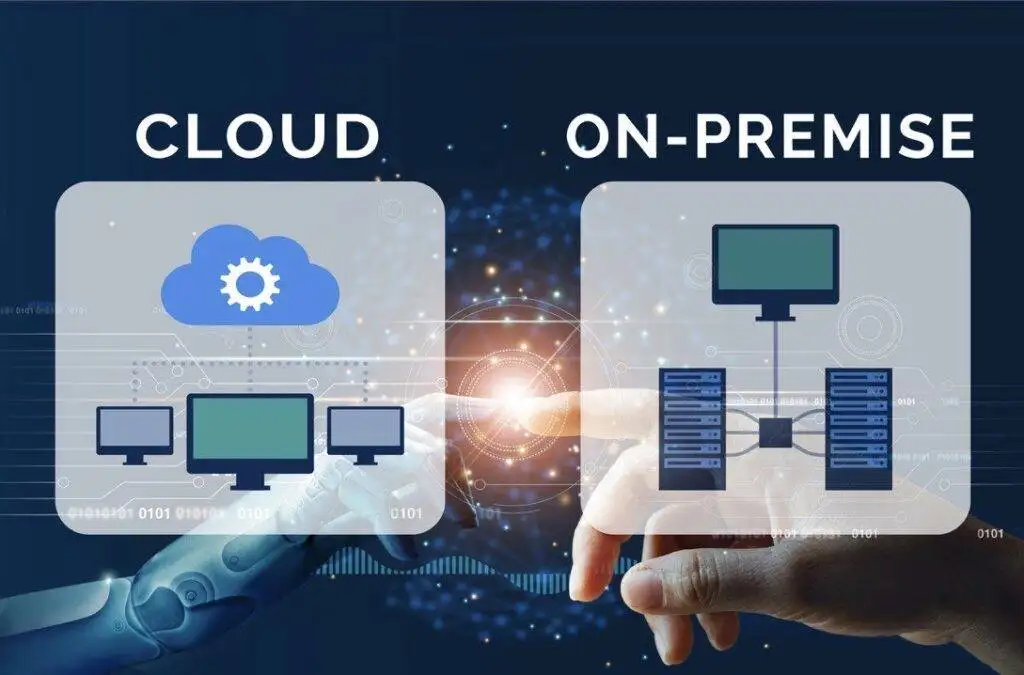SAP Service Cloud Version 2 offers a smarter path forward—not just an upgrade, but a complete rethink of how modern service should work.
In this blog, we go beyond feature lists to highlight real pain points—and give you actionable ways to assess if now’s the right time to make the switch.

Book a free POC session to see if SAP Service Cloud Version 2 fits your service strategy.
Thinking of testing the platform before committing?
Why Switch to SAP Service Cloud Version 2
The new version of SAP Service Cloud Version 2 is built on an API-first, microservices approach with event-driven capabilities for reliable performance and scalability. These approaches make systems faster, more adaptable and better suited for modern business needs.
SAP’s combination of no-code/low-code tools, API-first design, microservices and event-driven features creates a robust platform for developing efficient, scalable and customer-centric solutions.
All these innovations are tightly aligned with CRM solutions and customer experience management requirements, driving consistent improvements across customer interaction management channels.
7 Actionable Reasons to Upgrade to SAP Service Cloud Version 2
1. Too Much Time Lost to Manual Tasks & Tool-Switching
Disjointed tools and manual work drain agent productivity and increase service resolution times. If your teams are toggling between tabs and relying on spreadsheets to resolve even basic queries, your system isn’t just outdated—it’s actively hurting performance and customer satisfaction.
SAP Service Cloud Version 2 brings everything into one intelligent workspace—so agents get a 360° view of the case, communication and resolution history.
Try this in your team:
2. Repeated SLA Failures Due to Poor Case Routing
If support tickets are bouncing between teams, sitting in queues, or reaching the wrong agents—you’re risking client trust, not just missing SLAs. Poor routing is a hidden cost that affects speed, efficiency and team morale.
With AI-powered case triaging and rule-based routing, SAP Service Cloud V2 ensures each ticket is assigned correctly and instantly—reducing delays and SLA breaches.
Test this in your data:

Thinking of testing SAP Service Cloud Version 2 before going all in?
Grab this free Pilot Planning Guide to scope, measure and report on a small-scale rollout.
3. Fragmented Customer Communication Across Channels
When customers switch between email, chat, and phone—only to repeat themselves each time—it creates friction and frustration. Agents often lack the full context, leading to longer resolution times and inconsistent service delivery. In B2B environments, this disjointed communication can directly erode trust and loyalty.
SAP Service Cloud Version 2 offers unified omnichannel support with a shared case timeline. This means customer history travels with the ticket—regardless of the channel—so agents can deliver consistent, personalised support from the first touch to resolution.
Check if this is your issue:
4. Manual Reporting and Delayed Insights
If your team is pulling data from multiple tools, relying on Excel exports, or waiting days for insights—you’re reacting to problems, not preventing them. Manual reporting leads to stale data, blind spots in performance, and missed optimisation opportunities.
With real-time dashboards, built-in KPIs, and intuitive analytics, SAP Service Cloud Version 2 empowers teams to make faster, data-backed decisions. No more hunting for numbers—just actionable insight, when and where it matters.
How to assess your current gap:
Check if these can be automated or visualised in SAP V2’s built-in dashboard tools.
5. Your System Can’t Scale with Your Growth
As your organisation grows—whether that means more users, languages, or service channels—legacy systems can quickly become bottlenecks. Performance lags, functionality gaps and mounting IT overhead make it hard to grow without friction.
SAP Service Cloud Version 2 is cloud-native, built for scale and architected for global use. Its API-first design and modular flexibility make it easy to expand without rebuilding from scratch.
How to forecast your future needs:
Review infrastructure requirements of your current system.
Compare growth plans with SAP V2’s scalability features and licensing model.
6. You’re Losing Visibility Post-Sale
When service, sales, and delivery teams operate in silos, valuable context is lost leading to inconsistent experiences, missed upsell opportunities and customer churn. Without end-to-end visibility, your service team works reactively, not strategically.
SAP Service Cloud Version 2 integrates natively with SAP Sales Cloud and ERP systems, enabling seamless data flow across the full customer lifecycle—from quote to case closure.
How to spot the gaps:
Identify where handoffs are delayed or disconnected.
Collaborate with your sales/IT teams to explore integration points SAP V2 can unify.
7. Change Feels Risky — But Doing Nothing Is Riskier
Many teams hesitate to upgrade their platform out of fear of disruption, retraining or unknown costs. But sticking with outdated systems creates long-term inefficiencies, rising service costs and reduced customer satisfaction.
SAP Service Cloud Version 2 is built with change management in mind—supporting phased rollouts, role-based training and admin-friendly configuration. It lets teams pilot gradually, learn quickly and scale confidently.
How to test the waters safely:
Set baseline KPIs and capture user feedback.
Roll out SAP V2 for that channel and track performance over 30 days. Use pilot insights to plan a broader rollout with confidence.
Switching to SAP Service Cloud Version 2 isn’t about chasing the latest tech—it’s about fixing what’s broken in your service operations so you can scale, improve CSAT and empower your team. You don’t need all the answers to get started. You just need a structured roadmap—and the right partner.
Key Takeaways of SAP Service Cloud Version 2
1. Consolidate Workflows into One Intelligent Workspace
- Agents no longer need to switch between multiple tools and tabs.
- SAP Service Cloud Version 2 provides a 360° view of the customer case, interactions and history.
2. Resolve Cases Faster with AI-Powered Case Routing
- Intelligent triaging assigns the right case to the right agent instantly.
- Reduces SLA breaches caused by queue overload and manual misrouting.
3. Deliver Seamless Support Across All Channels
- Unified omnichannel experience ensures no lost context between chat, email, phone or social.
- Customer history travels with the case—no need to repeat information.
4. Access Real-Time Dashboards and Actionable Insights
- Built-in KPIs like time-to-resolution and first-contact resolution are tracked live.
- Eliminates reliance on manual spreadsheets or delayed reporting.
5. Scale Service Without Breaking Infrastructure
- Cloud-native, multilingual and multi-currency ready for regional/global expansion.
- API-first design supports integration with existing tools and future growth.
6. De-Risk Transformation with Phased Rollouts and Built-in Enablement
- Start small with channel-specific pilots and scale based on results.
- Contextual training and low-code configuration support faster adoption.
Why Choose Galvinus
FAQs



Your kindness and generosity shine through this post. Wishing you all the best!
So happy to see your post today. It’s perfect!